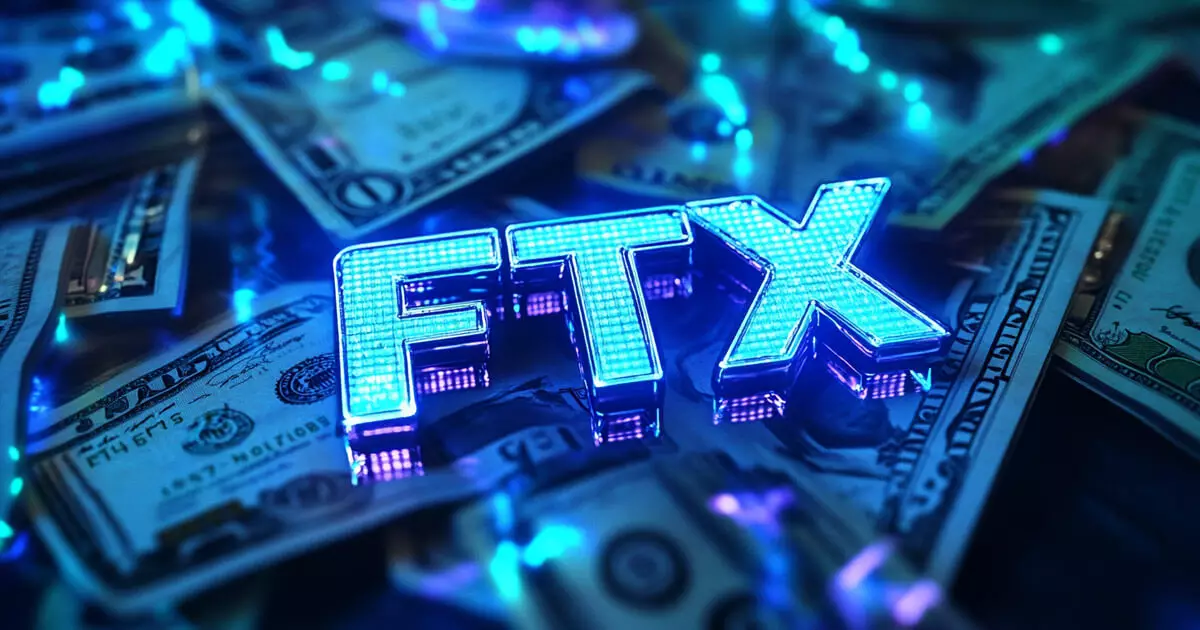The downfall of FTX, once a titan in the cryptocurrency exchange landscape, has left thousands of creditors in limbo, grappling with the aftermath of its bankruptcy declaration in November 2022. As the affected creditor demographics become increasingly evident, a representative from the FTX Creditors’ group, Sunil Kavuri, has stepped up to shed light on figures that reveal an unsettling truth: a significant portion of the creditor base remains excluded from reimbursement efforts. This article aims to unpack the complexities surrounding these exclusions, particularly for creditors in nations like Russia, China, Egypt, Nigeria, and Ukraine.
The Creditors Largely Overlooked
Kavuri’s disclosure about the exclusion of creditors from various parts of the world highlights the dire situation faced by many individuals holding claims against FTX. Notably, creditors from China contribute to a staggering 8% of the total claims, which raises critical questions about why they and others have been sidelined in the ongoing reimbursement process. Although the management of FTX is reportedly seeking solutions, the lack of specific details creates a cloud of uncertainty for creditors desperate for clarity and resolution.
The complications are exacerbated by logistical challenges stemming from restricted access to major cryptocurrency platforms like Kraken and BitGo, the entities designated to facilitate the distribution of funds to creditors. The situation draws attention to the glaring inequalities that delineate access based on geographical borders. Even though certain creditors—such as those from Egypt—hold accounts with these platforms, they remain excluded from receiving their reimbursements, revealing potential oversights in the platform’s choice or distribution strategy.
The Initial Disbursement Phase
On February 18, FTX reached a milestone by processing its first round of payments to smaller creditors, prioritizing those with claims under $50,000. This step marks a crucial movement toward restitution, yet it draws attention to the stark contrast in the treatment of varying tiers of creditors. While some have received funds and accrued interest since the institution’s bankruptcy filing, uncertainty still clouds those with higher claims, who remain in an indefinite waiting game. This uneven approach may provoke discontent and raise questions about fairness within the distribution process.
As Kraken co-CEO Arjun Sethi aptly noted, FTX’s disarray serves as a cautionary lesson in accountability, transparency, and security within the cryptocurrency landscape. With many offshore exchanges failing to establish proof of reserves, the plight of FTX creditors underscores an urgent need for regulatory reforms and standardized practices across the industry. The lessons learned from this debacle could provide a framework for better practices moving forward, ensuring that creditors are not left waiting indefinitely for resolutions.
The situation surrounding FTX creditors is fraught with challenges and complications that demand immediate attention. While efforts to resolve the exclusions faced by certain creditors are underway, the slow progression provides ample reason for concern. As the cryptocurrency market continues to evolve, it is imperative that exchanges put mechanisms into place to ensure equitable treatment for all creditors, transcending geographical restrictions. The journey to restoring confidence in the crypto space lies in embracing transparency and accountability, ensuring that the lessons learned from past failures shape a more secure and just future for all stakeholders involved.

